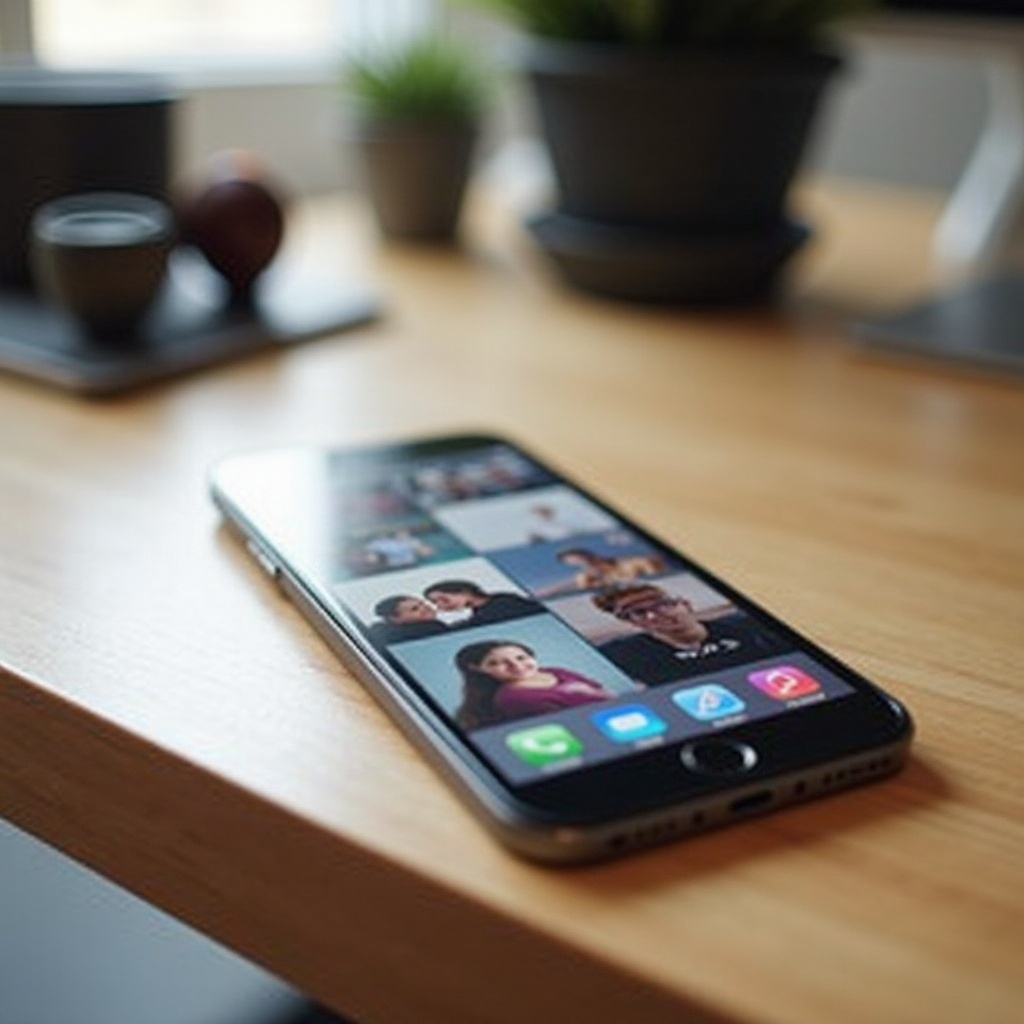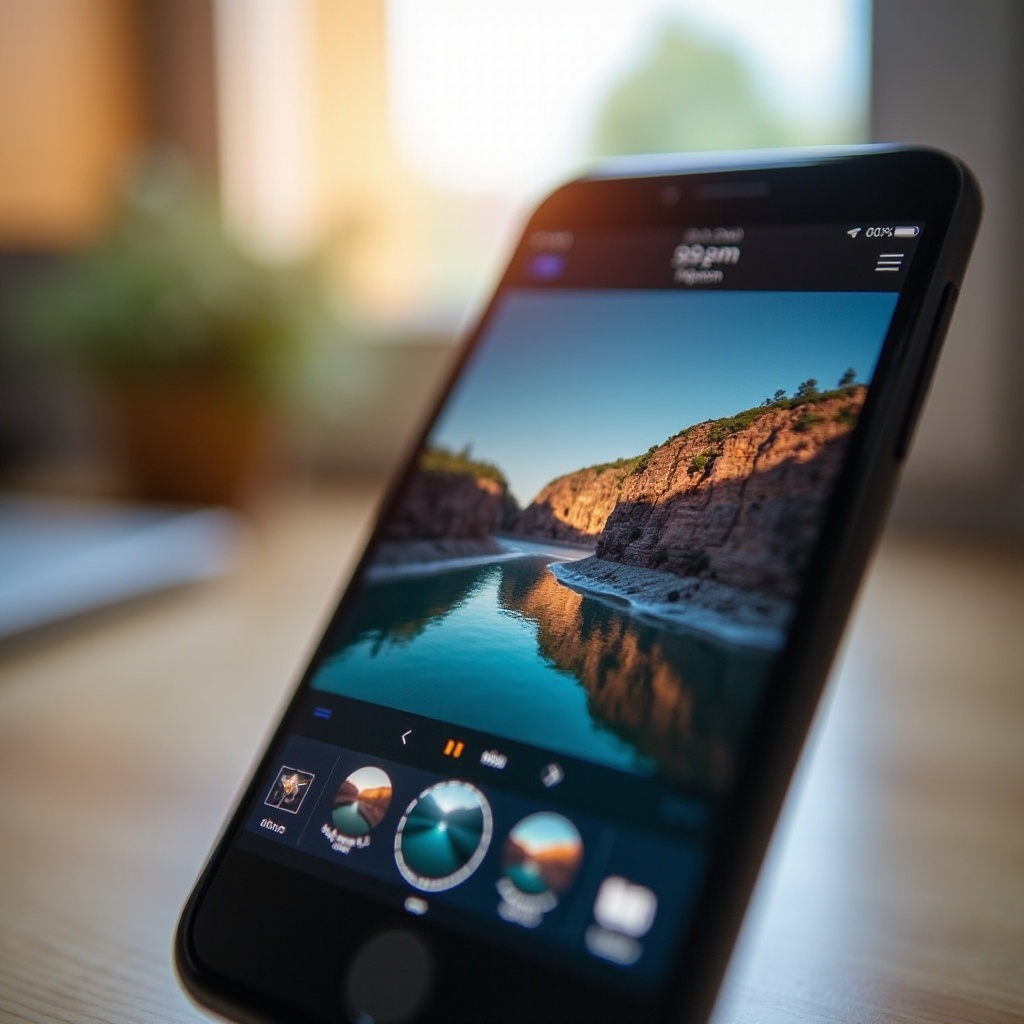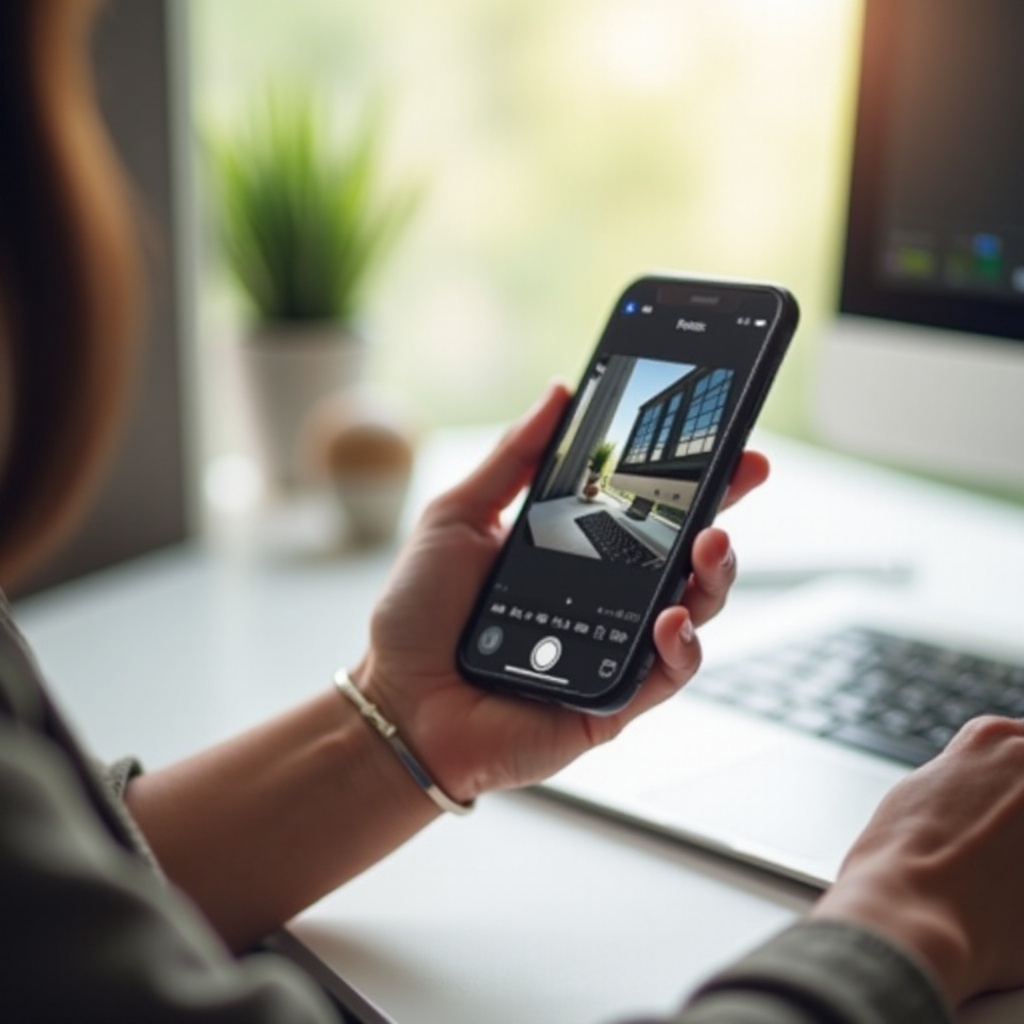Introduction
High-resolution photos captured on iPhones are stunning but can quickly eat through storage space, affecting your phone’s speed and functionality. Optimizing these photos is a crucial step in managing your device’s storage without suffering a noticeable loss in image quality. This guide provides you with comprehensive steps on why and how to optimize your iPhone photos effectively.

The Importance of Optimizing iPhone Photos
The primary benefit of optimizing your iPhone photos is better storage management. By reducing the file size via compression or format change, you can store more images without compromising too much space. Moreover, optimized photos contribute to improved device performance. Phones overwhelmed with data can lag, with applications taking longer to open or operate. Additionally, smaller photo sizes make it easier to share images on social media or via email, as they require less time to upload and send. As you streamline how many images your phone holds, understanding available optimization methods becomes paramount.
Methods for Optimizing Photos on Your iPhone
iPhones are equipped with several built-in features that assist in optimizing photos, alongside a variety of reliable third-party apps. Here’s how you can utilize them:
- Utilizing Built-in iPhone Features: Your iPhone uses the HEIC format, which is more efficient in terms of storage compared to JPEG. Ensure your phone is set to capture in this format by checking ‘Camera’ settings.
- Exploring Third-Party Apps: Apps like Google Photos offer excellent backup services with compression options that ensure minimal quality loss, while Adobe Lightroom provides advanced photo tweaks without enlarging file size.
- Manual Techniques for Photo Optimization: Use tools like Preview or Photos for resizing – cropping or reducing resolution helps decrease file size without significant loss of quality.
Learning how to leverage these tools effectively will set the stage for successful photo optimization. It’s equally important to weigh both the advantages and disadvantages of optimizing photos.

Pros and Cons of Photo Optimization on iPhones
Optimizing your photos has both upsides and potential downsides:
- Pros: Improved Performance and Storage: Optimizing releases valuable storage on your iPhone, leading to a smoother-operating device and more room for other important applications or files.
- Cons: Potential Quality Loss and Privacy Concerns: There may be some loss in image quality when compressing photos. Also, you should be cautious with third-party apps, as privacy policies can vary, and some may not ensure the safety of your data.
Understanding these pros and cons equips you to make better decisions about the optimization process. Here are more tips on maintaining photo quality during optimization.
Advanced Tips for Maintaining Quality During Optimization
Maintaining the quality of your images while optimizing them is essential. Here are a few advanced tips:
- Understanding File Formats and Resolutions: HEIC is recommended for saving images because it combines high quality with smaller file sizes. If a JPEG conversion is necessary, aim to keep the highest possible resolution to avoid quality loss.
- Tools for Maintaining Quality: Apps like Snapseed and VSCO are excellent for minor touch-ups without increasing file size. Snapseed allows for brightness and contrast adjustments, while VSCO can apply subtle filters that retain photo quality.
Knowing these advanced techniques ensures your photos will retain their essence while still being resource-efficient. However, avoid common pitfalls during the optimization process.
Common Mistakes to Avoid When Optimizing Photos
You want your photo optimization efforts to be effective, so avoid these common errors:
- Over-compression: Pushing compression too far can seriously affect image quality, resulting in a less-than-satisfying viewing or printing experience.
- Ignoring Backups: Always back up original photos before proceeding with optimization, ensuring you have the original files if needed in the future.
- Using Untrusted Apps: Choose apps with strong reviews and established user trust to ensure your data privacy and minimize risks.
Acknowledging these pitfalls allows you to navigate the photo optimization landscape confidently.

Conclusion
Optimizing photos on your iPhone is an invaluable practice to help you manage device storage more efficiently and improve phone performance. Understanding simple methods, considering the pros and cons, and avoiding common mistakes will help you maintain the quality of your photos. Balancing image quality and storage efficiency means capturing beautiful moments doesn’t compromise your device’s functionality.
Frequently Asked Questions
How does photo optimization affect photo quality on iPhones?
Photo optimization can slightly reduce quality depending on the method. Using HEIC format and trusted apps helps reduce any noticeable loss.
Are there any risks to using third-party apps for photo optimization?
Yes, some third-party apps can compromise your privacy. It’s important to research apps thoroughly and choose ones with robust privacy policies.
Can optimized photos be reverted back to their original quality?
Reverting optimized photos to their original state is challenging, so it’s advisable to keep backups of original images.

